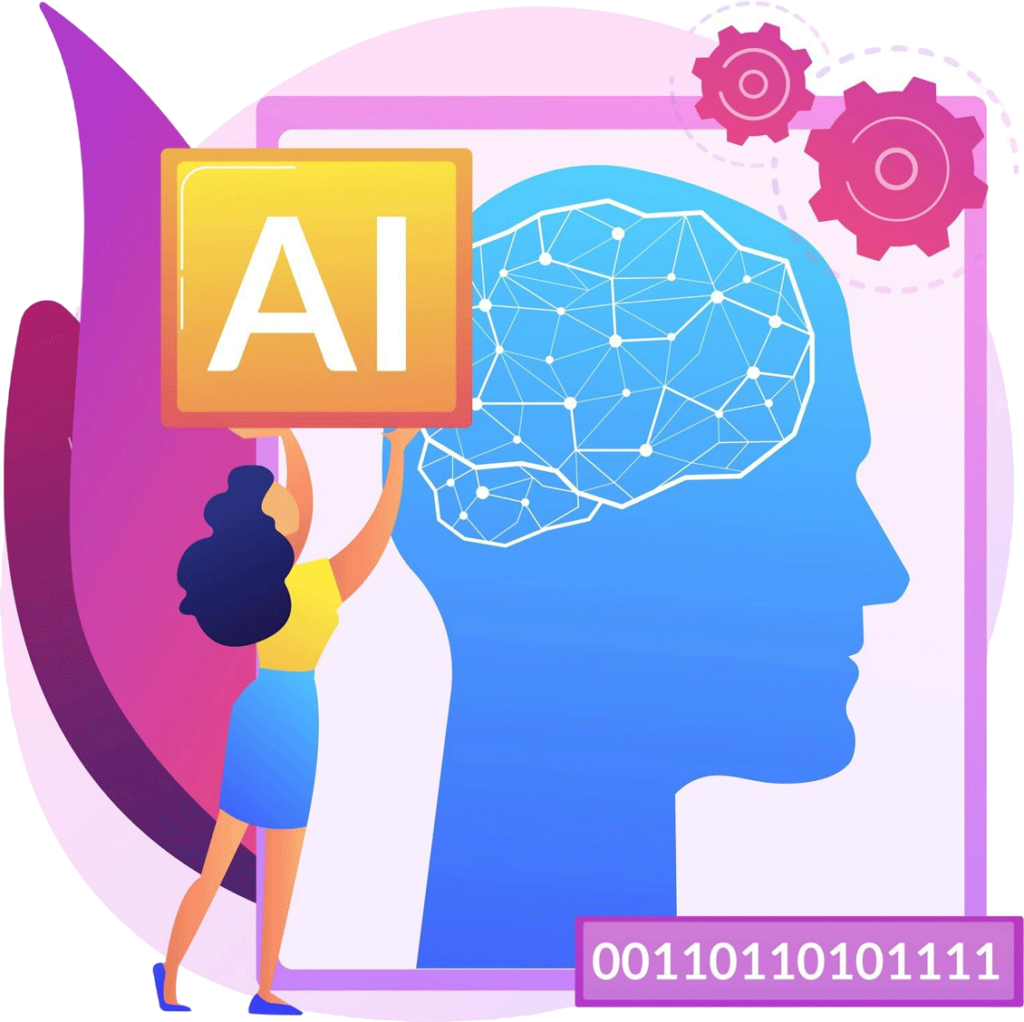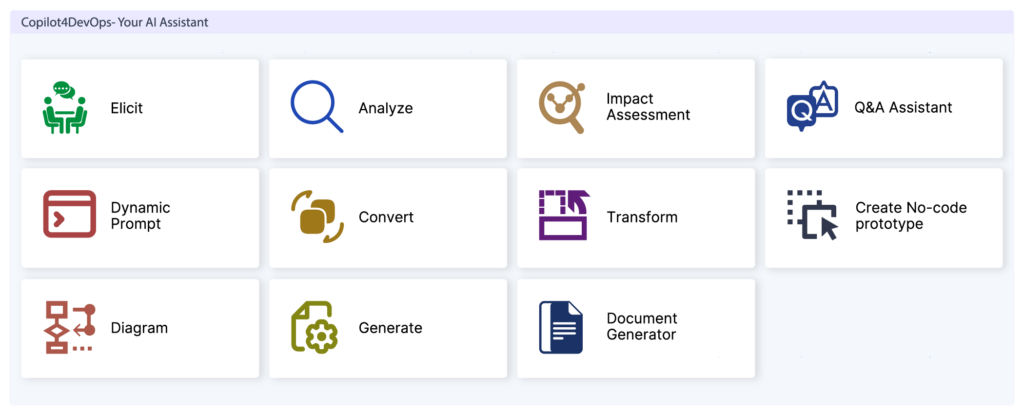
Top 10 Requirements Management Trends to Watch in 2025
- Modern Requirements
- December 20, 2024
- 3 minutes
As we approach 2025, the field of Requirements Management (RM) is poised for significant transformations driven by technological advancements and evolving business needs. Staying abreast of these trends is crucial for organizations aiming to maintain a competitive edge.
Table of Contents
Related Articles
1. Integration of AI and Machine Learning
Artificial Intelligence (AI) and Machine Learning (ML) are set to revolutionize RM by automating tasks such as requirements elicitation, analysis, and validation. These technologies can predict project needs, detect inconsistencies, and provide data-driven insights, enhancing decision-making and efficiency.
One notable tool exemplifying this trend is Copilot4DevOps. Seamlessly integrated with Azure DevOps, Copilot4DevOps leverages AI to automate various aspects of work item management, including:
- Elicitation: Automatically generating high-quality requirements and test cases from work item data.
- Analysis: Assessing the quality of requirements using methodologies like the 6Cs and MoSCoW.
- Transformation: Summarizing, elaborating, or paraphrasing requirements to enhance clarity and completeness.
- Conversion: Translating work items into formats such as user stories, use cases, or Gherkin language to facilitate better alignment between technical and non-technical stakeholders.

By incorporating tools like Copilot4DevOps, organizations can significantly enhance productivity, reduce manual errors, and ensure that requirements are accurately captured and managed throughout the project lifecycle.
2. Emphasis on Sustainability and ESG Compliance
With increasing environmental, social, and governance (ESG) regulations, RM processes will need to incorporate sustainability criteria. This includes ensuring that project requirements align with ESG goals and comply with relevant standards. Tools like ESG frameworks from Gartner and regulatory guidelines from Microsoft Sustainability Cloud provide robust ways to align RM processes with sustainability goals.
3. Adoption of Cloud-Based RM Tools
The shift towards remote and hybrid work models has accelerated the adoption of cloud-based RM solutions. Platforms like Microsoft Azure offer real-time collaboration, scalability, and accessibility, enabling teams to manage requirements effectively regardless of location.
4. Enhanced Focus on Cybersecurity
As digital transformation expands, safeguarding sensitive project information becomes critical. Leading frameworks, like the NIST Cybersecurity Framework and tools such as Microsoft Security Solutions, help RM professionals meet stringent data privacy and security regulations.
5. Integration with Agile and DevOps Methodologies
To keep pace with rapid development cycles, RM processes will become more adaptive, integrating seamlessly with Agile and DevOps practices. Platforms such as Azure DevOps facilitate seamless alignment of requirements within Agile workflows.
6. Utilization of Digital Twin Technology
Digital twins—virtual replicas of physical entities—will be employed in RM to simulate and validate requirements. Leading digital twin solutions like Microsoft Azure Digital Twins help organizations predict issues, optimize resources, and reduce costs.
7. Increased Collaboration through Business Networks
The rise of interconnected business networks will facilitate better collaboration among stakeholders. Tools such as Microsoft Teams and enterprise platforms like SAP Business Network enable seamless communication, data sharing, and transparency across organizations.
8. Focus on User-Centric Requirements
The rise of interconnected business networks will facilitate better collaboration among stakeholders. Tools such as Microsoft Teams and enterprise platforms like SAP Business Network enable seamless communication, data sharing, and transparency across organizations.
9. Advanced Analytics for Decision Support
The incorporation of advanced analytics will enable RM professionals to derive actionable insights from complex data sets. Platforms such as Power BI provide real-time analytics and visualization capabilities to support data-driven decision-making.
10. Continuous Learning and Skill Development
The evolving RM landscape will require professionals to engage in continuous learning. Organizations can leverage resources like Microsoft Learn and platforms like LinkedIn Learning to stay updated on new methodologies and tools.
Modern Requirements: Pioneering the Future of Requirements Management
Modern Requirements is dedicated to revolutionizing Requirements Management by seamlessly integrating advanced tools within Azure DevOps. Our mission is to enhance productivity and collaboration through innovative solutions like Copilot4DevOps and Codeless ONE, empowering teams to deliver high-quality projects efficiently.
By leveraging such advanced tools and staying informed about emerging trends, organizations can navigate the dynamic field of Requirements Management effectively, positioning themselves for success in 2025 and beyond.

